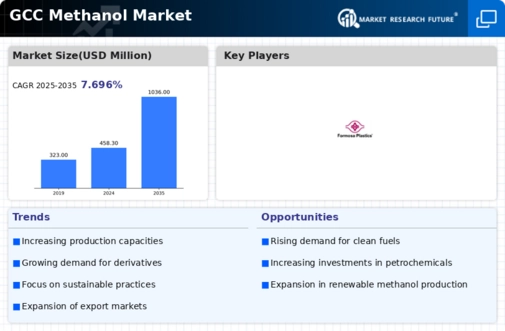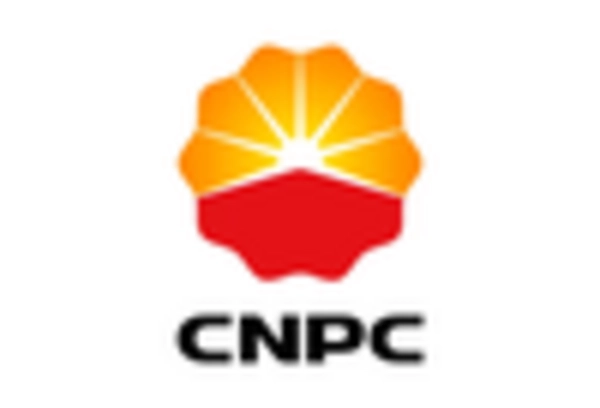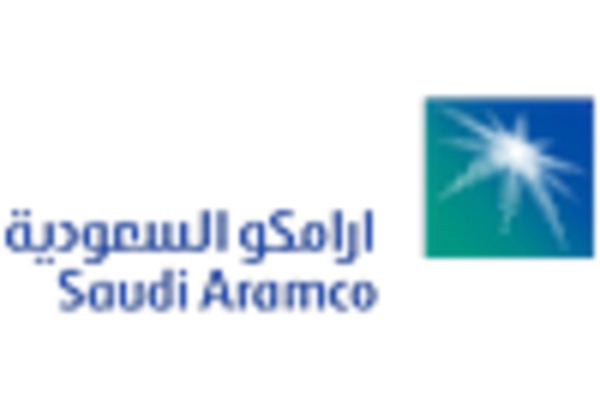Growing Industrial Applications
The expansion of industrial applications for methanol is a crucial driver for the methanol market in the GCC. Methanol is increasingly utilized as a feedstock in the production of chemicals, plastics, and fuels, which are essential for various industries. The chemical sector, in particular, is projected to account for over 40% of methanol consumption by 2026. This growing demand from industrial sectors is likely to stimulate investments in methanol production facilities, thereby enhancing the overall market landscape. As industries continue to seek efficient and sustainable raw materials, the methanol market stands to benefit significantly.
Government Initiatives and Policies
Government initiatives aimed at promoting the use of alternative fuels are significantly impacting the methanol market in the GCC. Various policies are being implemented to encourage the production and consumption of methanol, which is seen as a strategic resource for energy security. For instance, subsidies and incentives for methanol production facilities are being introduced, which could lead to a 20% increase in production capacity by 2027. These supportive measures are likely to enhance the competitiveness of the methanol market, fostering innovation and attracting investments in the sector.
Increased Investment in Infrastructure
Investment in infrastructure related to methanol production and distribution is a pivotal factor influencing the methanol market in the GCC. The establishment of new production plants and distribution networks is expected to enhance supply chain efficiency. In 2025, investments in methanol infrastructure are anticipated to exceed $1 billion, reflecting the sector's growth potential. This influx of capital is likely to facilitate the development of advanced facilities capable of meeting rising demand. As infrastructure improves, the methanol market is positioned to expand its reach and enhance its competitiveness in the regional energy landscape.
Rising Demand for Clean Energy Solutions
The increasing emphasis on clean energy solutions is driving the methanol market in the GCC. As countries in the region seek to diversify their energy sources, methanol emerges as a viable alternative due to its lower emissions compared to traditional fossil fuels. The GCC's commitment to reducing carbon footprints aligns with the growing global trend towards sustainability. In 2025, the demand for methanol is projected to rise by approximately 15%, reflecting its potential as a clean energy carrier. This shift not only supports environmental goals but also positions the methanol market as a key player in the transition to greener energy systems.
Technological Advancements in Production
Technological advancements in methanol production processes are transforming the methanol market in the GCC. Innovations such as improved catalytic processes and carbon capture technologies are enhancing production efficiency and reducing costs. These advancements may lead to a reduction in production costs by up to 10%, making methanol more economically viable. Furthermore, the integration of renewable energy sources in methanol production is expected to bolster the market's growth. As these technologies continue to evolve, they are likely to create new opportunities within the methanol market, positioning it favorably in the energy landscape.

















Leave a Comment